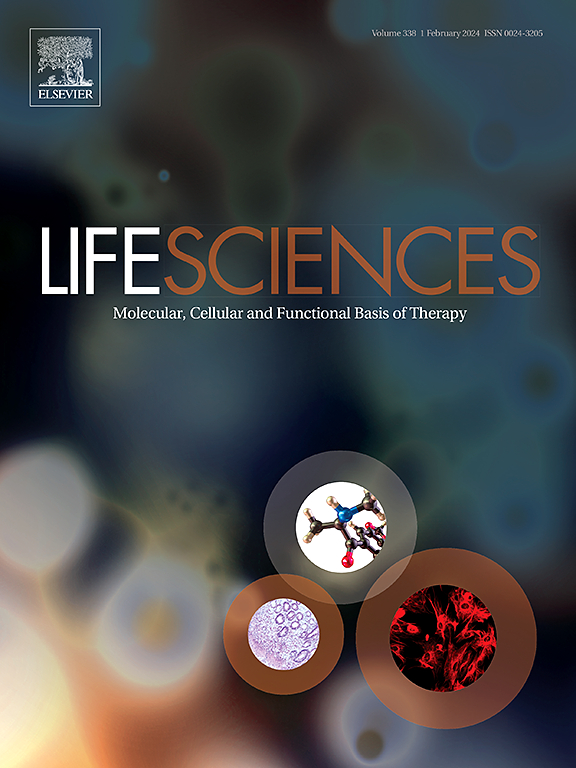Cell–cell communications in the brain of hepatic encephalopathy: The neurovascular unit
IF 5.2
2区 医学
Q1 MEDICINE, RESEARCH & EXPERIMENTAL
引用次数: 0
Abstract
Many patients with liver diseases are exposed to the risk of hepatic encephalopathy (HE). The incidence of HE in liver patients is high, showing various symptoms ranging from mild symptoms to coma. Liver transplantation is one of the ways to overcome HE. However, not all patients can receive liver transplantation. Moreover, patients who have received liver transplantation have limitations in that they are vulnerable to hepatocellular carcinoma, allograft rejection, and infection. To find other therapeutic strategies, it is important to understand pathological factors and mechanisms that lead to HE after liver disease. Oxidative stress, inflammatory response, hyperammonaemia and metabolic disorders seen after liver diseases have been reported as risk factors of HE. These are known to affect the brain and cause HE. These peripheral pathological factors can impair the blood-brain barrier, cause it to collapse and damage the neurovascular unit component of multiple cells, including vascular endothelial cells, astrocytes, microglia, and neurons, leading to HE. Many previous studies on HE have suggested the impairment of neurovascular unit and cell–cell communication in the pathogenesis of HE. This review focuses on pathological factors that appear in HE, cell type-specific pathological mechanisms, miscommunication/incorrect relationships, and therapeutic candidates between brain cells in HE. This review suggests that regulating communications and interactions between cells may be important in overcoming HE.

求助全文
约1分钟内获得全文
求助全文
来源期刊

Life sciences
医学-药学
CiteScore
12.20
自引率
1.60%
发文量
841
审稿时长
6 months
期刊介绍:
Life Sciences is an international journal publishing articles that emphasize the molecular, cellular, and functional basis of therapy. The journal emphasizes the understanding of mechanism that is relevant to all aspects of human disease and translation to patients. All articles are rigorously reviewed.
The Journal favors publication of full-length papers where modern scientific technologies are used to explain molecular, cellular and physiological mechanisms. Articles that merely report observations are rarely accepted. Recommendations from the Declaration of Helsinki or NIH guidelines for care and use of laboratory animals must be adhered to. Articles should be written at a level accessible to readers who are non-specialists in the topic of the article themselves, but who are interested in the research. The Journal welcomes reviews on topics of wide interest to investigators in the life sciences. We particularly encourage submission of brief, focused reviews containing high-quality artwork and require the use of mechanistic summary diagrams.
 求助内容:
求助内容: 应助结果提醒方式:
应助结果提醒方式:


